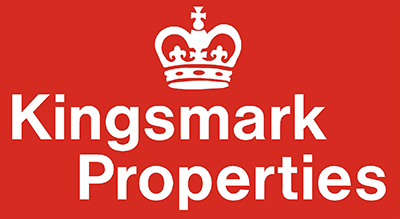FIRE SAFETY RISK ASSESSMENT
Follow the 5 key steps Fill in the checklist Assess your fire risk and plan fire safety
1
Fire hazards
Fire starts when heat (source of ignition) comes into contact with fuel (anything that burns), and oxygen (air).
You need to keep sources of ignition and fuel apart.
How could a fire start? Think about heaters, lighting, naked flames, electrical equipment, hot processes such as welding or grinding, cigarettes, matches and anything else that gets very hot or causes sparks.
What could burn?
Packaging, rubbish and furniture could all burn, just like the more obvious fuels such as petrol, paint, varnish and white spirit. Also think about wood, paper, plastic, rubber and foam. Do the walls or ceilings have hardboard, chipboard, or polystyrene? Check outside, too.
2
People at risk
People at risk
Everyone is at risk if there is a fire. Think whether the risk is greater for some because of when or where they work, such as night staff, or because they’re not familiar with the premises, such as visitors or customers. Children, the elderly or disabled people are especially vulnerable.
3
Evaluate, and act
Evaluate
First, think about what you have found in steps 1 and 2: what are the risks of a fire starting, and what are the risks to people in the building and nearby?
Remove and reduce risk
How can you avoid accidental fires? Could a source of heat or sparks fall, be knocked or pushed into something that would burn? Could that happen the other way round?
Protect Take action to protect your premises and people from fire.
4
Have you found anything that could start a fire?
Make a note of it.
Have you found anything that could burn?
Make a note of it.
Have you identified?
Who could be at risk?
Who could be especially at risk? Make a note of what you have found. 5
Have you assessed the risks of fire in your workplace? Have you assessed the risk to staff and visitors?
Have you kept any source of fuel and heat/sparks apart?
If someone wanted to start a fire deliberately, is there anything around they could use?
Have you removed or secured any fuel an arsonist could use?
Have you protected your premises from accidental fire or arson?
How can you make sure everyone is safe in case of fire?
Will you know there is a fire?
Do you have a plan to warn others?
Who will make sure everyone gets out?
Who will call the fire service?
Could you put out a small fire quickly and stop it spreading?
How will everyone escape?
Have you planned escape routes?
Have you made sure people will be able to safely find their way out, even at night if necessary?
Does all your safety equipment work?
Will people know what to do and how to use equipment?
Make a note of what you have found.
Record, plan and train
Record Have you made a record of what you have found, and action you
Keep a record of any fire hazards and what you have taken?
have done to reduce or remove them. If your premises are small, a record is a good idea. If you have five or more staff or have a licence then you must keep a record of what you have found and what you have done.
Plan Have you planned what everyone will do if there is a fire?
You must have a clear plan of how to prevent Have you discussed the plan with all staff?
fire and how you will keep people safe in case of fire. If you share a building with others, you need to coordinate your plan with them.
Train Have you?
You need to make sure your staff know what Informed and trained people (practised a fire drill and recorded to do in case of fire, and if necessary, are how it went)?
trained for their roles. Nominated staff to put in place your fire prevention measures, and trained them?
Made sure everyone can fulfil their role?
Informed temporary staff?
Consulted others who share a building with you, and included them in your plan?
Review
Keep your risk assessment under regular review. Have you?
Over time, the risks may change. Made any changes to the building inside or out?
If you identify significant changes in risk or Had a fire or near miss? make any significant changes to your plan, Changed work practices? you must tell others who share the premises Begun to store chemicals or dangerous substances?
and where appropriate re-train staff. Significantly changed your stock, or stock levels?
Have you planned your next fire drill?
